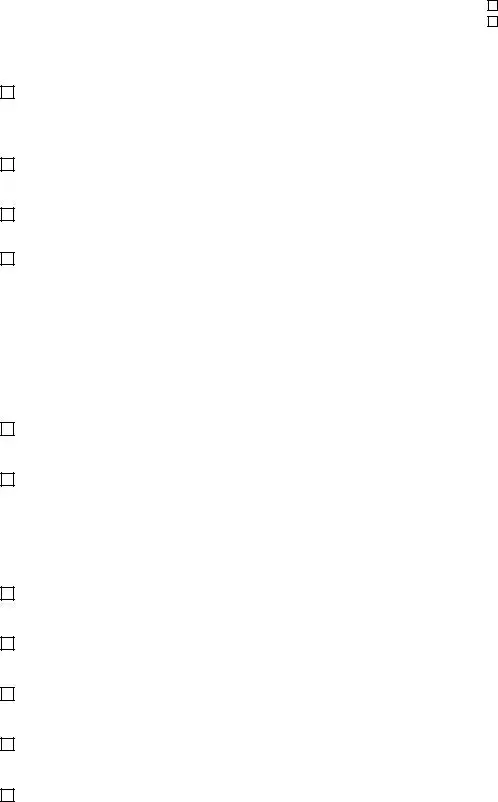General Information
The Research and Development Expenses Tax Credit
may be claimed against individual and corporate income taxes for qualified research and development expenses for taxable years beginning on or after January 1, 2011, but before January 1, 2025. The credit may also be claimed against the bank franchise tax for taxable years beginning on or after January 1, 2021, but before January 1, 2025.
If the taxpayer elects the primary method of computing the credit, the tax credit amount is equal to (i) 15% of the first $300,000 in Virginia qualified research and development expenses, or (ii) 20% of the first $300,000 of Virginia qualified research and development expenses if the research was conducted in conjunction with a Virginia public or private
college or university, to the extent the expenses exceed the
base amount. The credit amount cannot exceed $45,000 or $60,000 if the Virginia qualified research was conducted in conjunction with a Virginia public or private university.
At the election of the taxpayer, an alternative simplified
calculation may be used to determine the Research and Development Expenses Tax Credit. The alternative
simplified calculation of the Research and Development Expenses Tax Credit is equal to: 10% of the difference of (i) the Virginia qualified research and development expenses
paid or incurred by the taxpayer during the taxable year
and (ii) 50% of the average Virginia qualified research and
development expenses paid or incurred by the taxpayer
for the three taxable years immediately preceding the taxable year for which the credit is being determined. If the taxpayer did not pay or incur Virginia qualified research and
development expenses in any one of the three taxable years
immediately preceding the taxable year for which the credit
is being determined, the tax credit is equal to 5% of the
Virginia qualified research and development expenses paid
or incurred by the taxpayer during the relevant taxable year.
The aggregate amount of credits allowed to each taxpayer cannot exceed $45,000 or $60,000 if the Virginia qualified research was conducted in conjunction with a Virginia public
or private university.
There is a $7.7 million cap on the total amount of credits allowed in any fiscal year. If the total amount of tax credits exceeds the $7.7 million limit, credits will be apportioned on
a pro rata basis.
If the total amount of approved tax credits is less than the $7.7 million credit cap, the Department will allocate
the remaining amount, on a pro rata basis, to taxpayers
already approved for the credit that were subject to the
$45,000 and $60,000 credit limitations. Supplemental
credits will be in the following amounts: if a taxpayer elected
the primary computation, an amount equal to 15% of the second $300,000 in qualified research expenses (or 20% of such expenses if the research is conducted in conjunction with a Virginia public or private college or university); or if
the taxpayer elected the alternative simplified method of
computing the credit, in an amount equal to the excess of the limitation. The maximum supplemental credit amount
is $45,000, or $60,000 if the research is conducted in conjunction with a Virginia public or private university.
Any taxpayer who is allowed a research and development expenses tax credit is not allowed to use the same expenses
as the basis for claiming any other Virginia tax credit. No
taxpayer may claim both this credit and the Major Research
and Development Expenses Tax Credit.
For additional information regarding the credit, see the Research and Development Expenses Tax Credit
Guidelines, which are available on the Department’s website at www.tax.virginia.gov.
Determining the Virginia Base Amount for the Primary Research and Development Expenses
Tax Credit
In order to determine the Virginia Base Amount for the
primary credit computation, follow these steps:
Determine Fixed Base Percentage:
Step 1 Determine the average amount of Virginia qualified
research and development expenses for the 3
taxable years preceding the year in which the tax
credit is being claimed. If the taxpayer has been in business for less than 3 years, but at least 1, use the number of years in business instead of 3.
Step 2 Determine the average of the total gross receipts for the 3 taxable years preceding the taxable year that the tax credit is being claimed, or the number of years used in Step 1a, if less.
Step 3 Calculate the percentage of Virginia qualified
research and development expenses by dividing
the average amount determined in Step 1 by the average amount determined in Step 2. This is the “Fixed Base Percentage.”
Do not make any adjustments to account for a short taxable year when computing the fixed-base percentage.
Determine the Virginia Base Amount:
Step 4 Determine average of the total gross receipts for the 4 taxable years preceding the taxable year
that the tax credit is being claimed, or the number of years used for Step 2, if less. For purposes of
determining the Virginia base amount, if any of the
taxable years preceding the credit year that must be accounted for when computing the credit is a short
taxable year, the gross receipts for such year(s) are
deemed to be equal to the gross receipts actually derived in that year, multiplied by 12, and divided by
the number of months in that year.
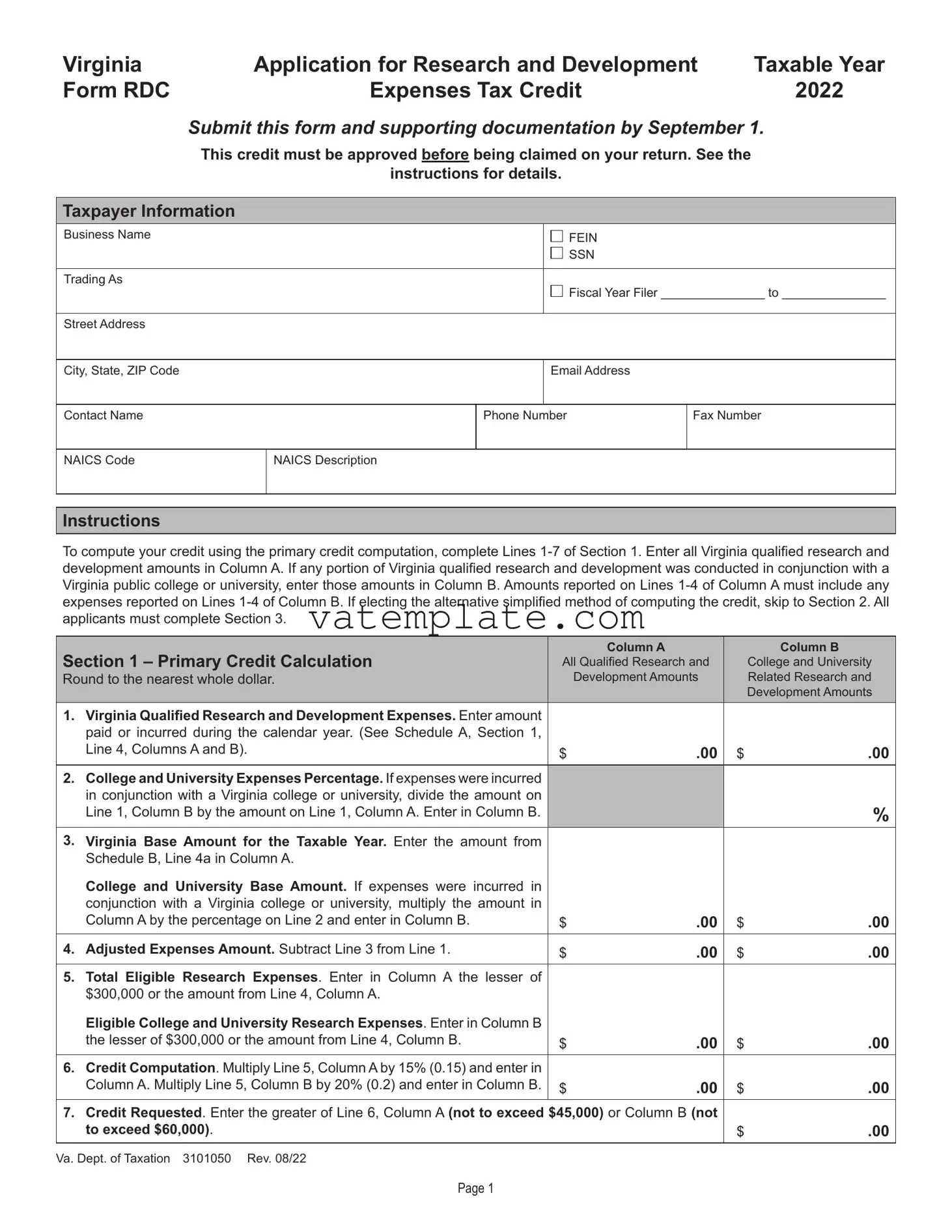
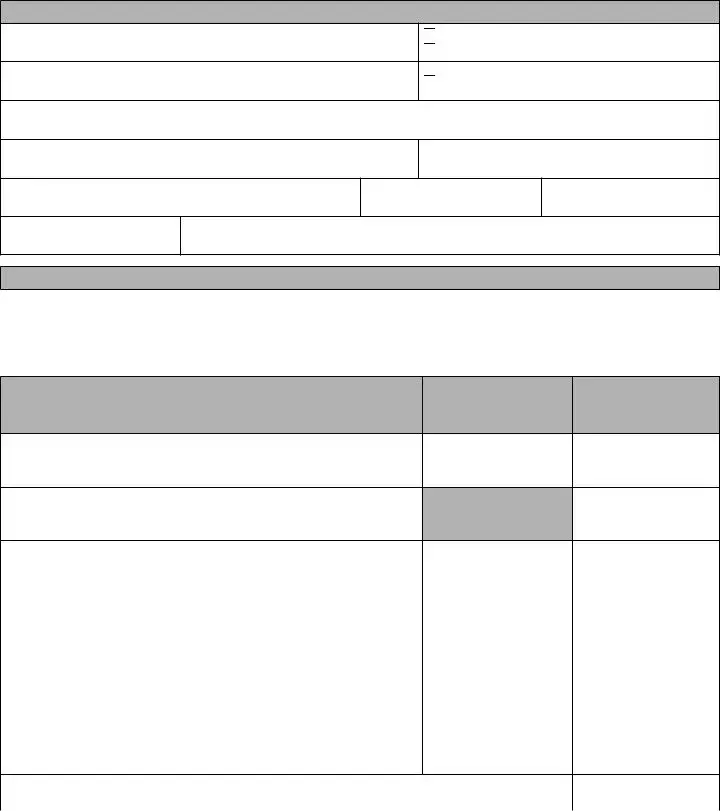

 FEIN
FEIN
 SSN
SSN
 Fiscal Year Filer _______________ to _______________
Fiscal Year Filer _______________ to _______________
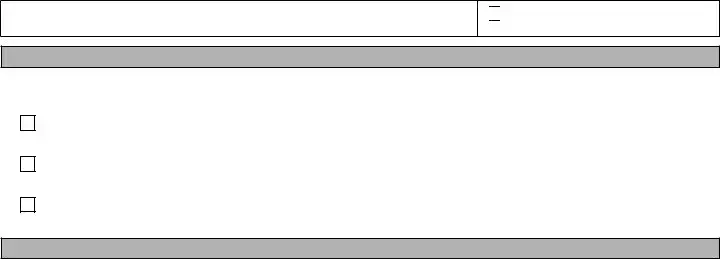

 FEIN
FEIN
 SSN
SSN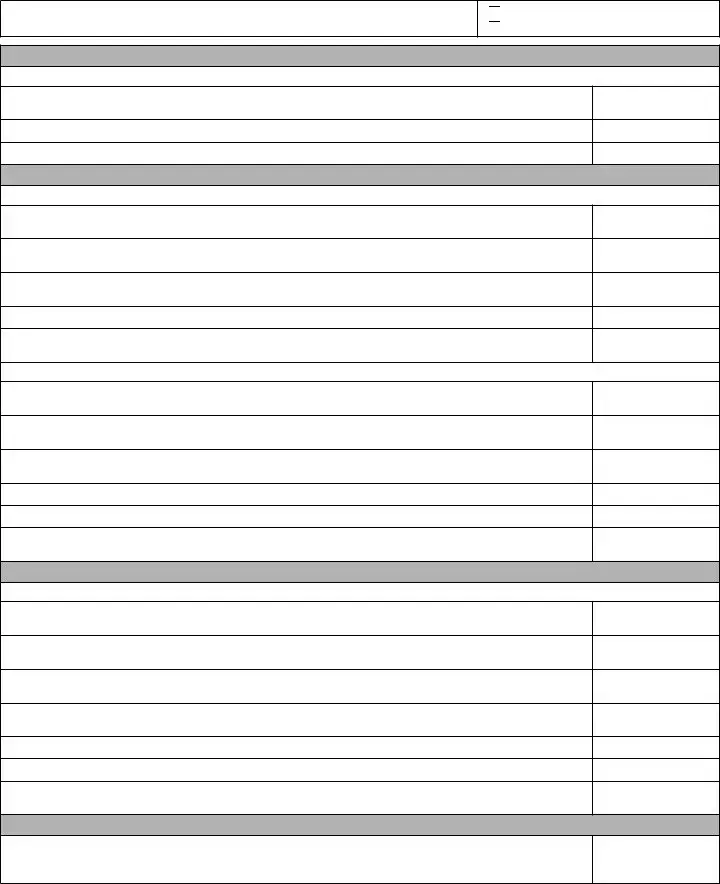

 FEIN
FEIN
 SSN
SSN

 FEIN
FEIN
 SSN
SSN
 Yes
Yes  No
No
